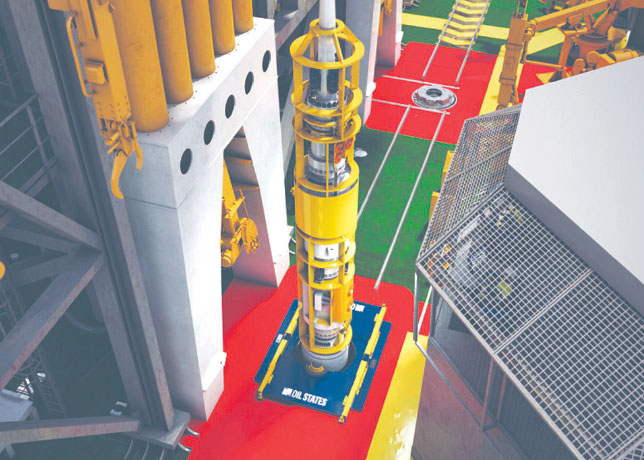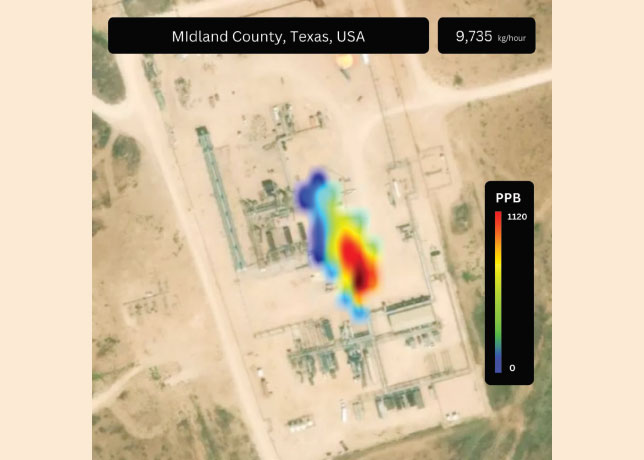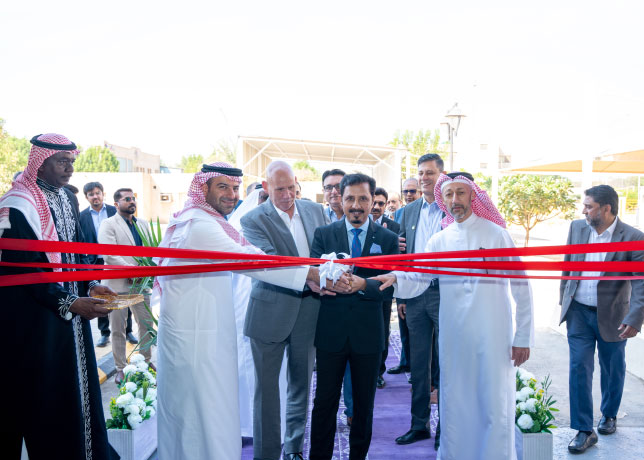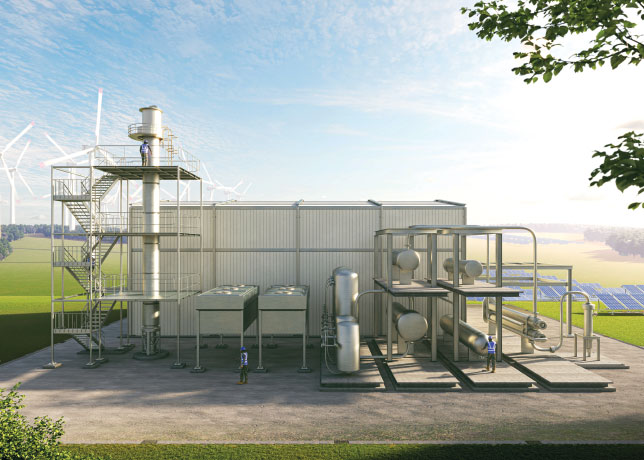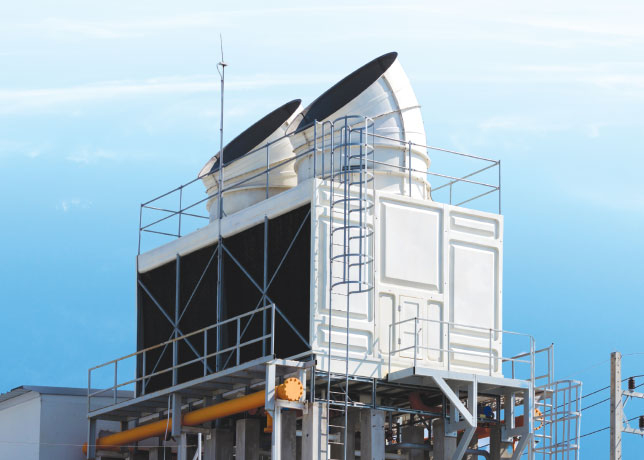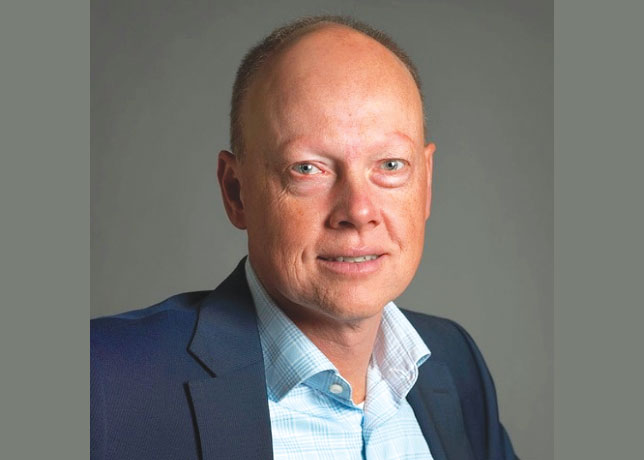
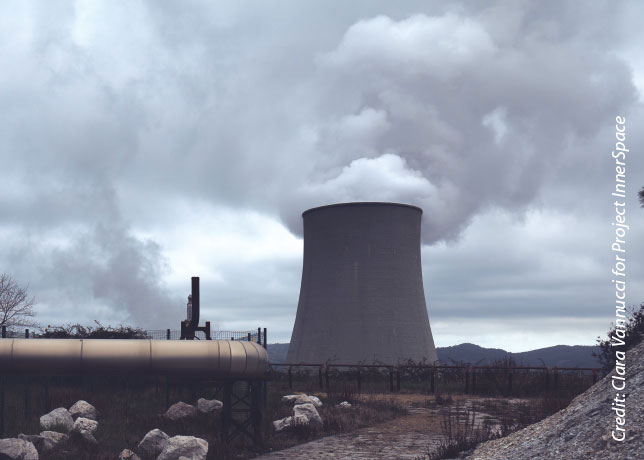 The Larderello Geothermal Energy plant in Italy … the oldest geothermal plant in the world
The Larderello Geothermal Energy plant in Italy … the oldest geothermal plant in the world
Collaboration between oil and gas, and geothermal industries is essential for meeting clean energy demands, with GEODE accelerating geothermal technology development to become a key component of the future energy landscape, Karine Kleinhaus tells OGN
As energy intensive industries look to electrify, geothermal is emerging as a pathway for supplying constant, reliable, clean energy.
Now an unusual partnership between next-generation geothermal and the oil and gas industry will help unlock the potential of the world’s most abundant green energy more quickly.
Geothermal Energy from Oil and Gas Demonstrated Engineering (GEODE), a new initiative backed by the US Department of Energy (DOE), aims to leverage the technology, knowhow and infrastructure of the oil and gas industry to help scale the next-gen geothermal industry.
Spearheaded by Project InnerSpace and Society of Petroleum Engineers International, GEODE brings together more than 100 entities across both sectors to accelerate geothermal growth.
Launched with an initial $10 million in funding and the prospect of up to $155 million in competitive solicitations over the coming years, GEODE is set to catalyse geothermal growth, with far-reaching implications for the global energy mix.
The GEODE kickoff meeting in Houston in September highlighted the potential of this partnership.
HARNESSING OIL & GAS EXPERTISE
"The oil and gas sector has spent decades mastering the art of drilling, reservoir engineering, and managing large-scale energy projects," Karine Kleinhaus, Director of Stakeholder Engagement at Project Innerspace, tells OGN energy magazine.
These are skills and technologies that geothermal can leverage to scale. However, adapting this know-how to the geothermal landscape requires an intricate blend of innovation, collaboration, and coordination between two industries that have historically worked in isolation.
One of the most compelling aspects of GEODE is the emphasis on the open exchange of ideas and technology between sectors.
Geothermal has faced hurdles, including directional drilling to extreme depths and managing high temperature environments.
But technologies such as advanced drilling techniques, reservoir management, and downhole tools, which were originally developed for oil and gas operations, can be adapted to enhance geothermal projects.
A collaborative effort promises to drive down costs, improve efficiency, and bring next-generation geothermal into the mainstream energy portfolio.
A CLEAR, MULTI-PHASE PLAN
The first phase of GEODE, now underway, focuses on creating a comprehensive roadmap.
Through this process, key challenges and opportunities for technology transfer, geothermal workforce expansion and development, supportive policy and finance initiatives, and community engagement will be identified by a broad consortium of experts from both fields.
The goal is to fast-track geothermal development in a way that is sustainable, scalable, and commercially viable.
Another focus is on identifying real-world demonstration projects. These projects will serve in the following years as testing grounds for the crossover of oil and gas technologies into geothermal, providing critical insights for future deployments.
Additionally, GEODE plans to establish open-access databases, fostering transparency and collaboration across both industries.
TACKLING POLICY & FINANCE BARRIERS
One of geothermal’s biggest challenges is attracting investment. High upfront costs and long project timelines often deter financiers.
GEODE aims to leverage the oil and gas sector’s resources to draw investment into geothermal, while also identifying policy changes that would further incentivise geothermal energy projects.
By addressing both financial and regulatory hurdles, GEODE is positioning geothermal as a more attractive option for investors, policymakers, and potential customers alike.
BUILDING A WORKFORCE
As the geothermal industry expands, the need for a skilled workforce will grow. Here again, GEODE’s partnership with oil and gas comes into play.
Many of the skills required for geothermal already exist in the oil and gas sector, offering a natural transition for professionals.
This cross-industry collaboration ensures that geothermal can tap into a ready-made workforce, while also growing a new workforce and providing job opportunities to a variety of communities in a rapidly evolving energy landscape.
"Our consortium brings together the best of both worlds—geothermal innovation and the oil and gas sector’s operational strength," says Jamie Beard, Founder and Executive Director of Project InnerSpace.
"Together, we’ll fast-track geothermal technology deployment for a greener future."
THE ROAD AHEAD: A SHARED VISION
At its core, GEODE is about creating a shared vision for the future of energy. By uniting oil and gas and geothermal professionals, the initiative is laying the groundwork for a sustainable, abundant energy future.
This effort aligns with the DOE’s Enhanced Geothermal Shot™, and other DOE renewable energy initiatives and priorities.
GEODE’s collaboration between oil and gas and geothermal is not just beneficial; it is essential to meet the rising demand for clean energy.
By combining strengths, these industries can accelerate the development of geothermal technology, positioning it as a critical part of the future energy mix.
Already, data centres, which are particularly energy intensive, are eyeing geothermal as a clean and reliable power source.
Just last month, Sage Geosystems, a Houston-based geothermal energy startup, announced a partnership with Meta to power data centres. We expect many more of these projects to materialise as large tech companies realise the efficacy of geothermal.
CONCLUSION
In the transition to greener energy sources, geothermal energy offers a unique solution one that is reliable, scalable, and has a minimal environmental footprint.
The collaboration between oil and gas and geothermal is not just a matter of convenience; it is a necessity if we are to meet the growing demand for clean energy.
By harnessing the strengths of both industries, GEODE can accelerate the development of geothermal technology, making it a cornerstone of our future energy landscape.
By Abdulaziz Khattak












































































